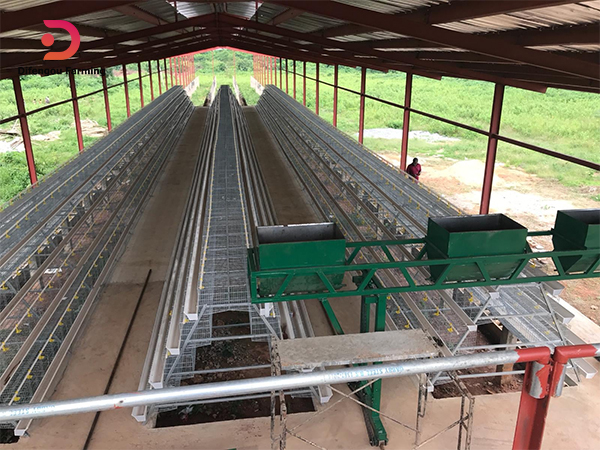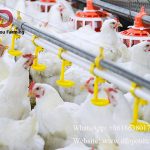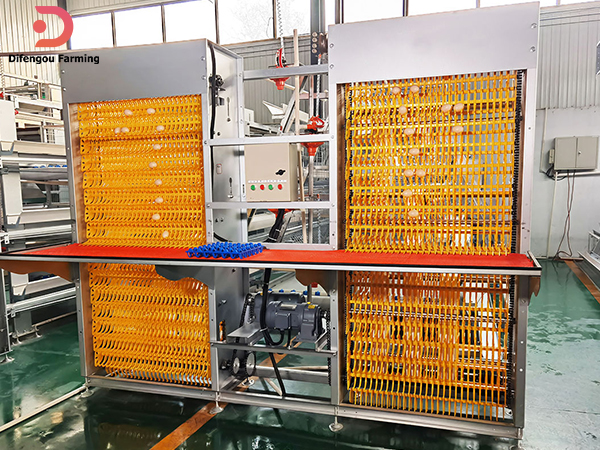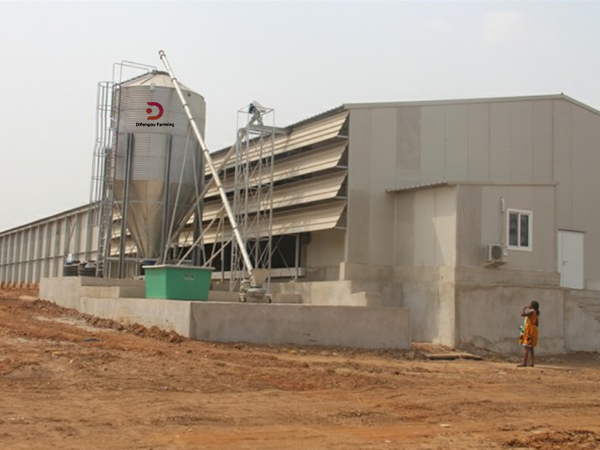Conditions for Hatching Fertilized Eggs
Conditions for Hatching Fertilized Eggs
The process of hatching chicks from fertilized eggs through external conditions is called incubation. The quality of incubation technology directly affects the hatchability of fertilized eggs, the survival rate of chicks, and their growth, development, and future production performance. The key to incubation technology is to master the incubation conditions. The conditions required for artificial incubation of fertilized eggs mainly include temperature, humidity, ventilation, egg turning, and egg cooling.
(1) Temperature:
Temperature is the most important factor in incubation. It determines the growth, development, and vitality of the embryo. Only at an appropriate temperature can the normal development of the embryo be ensured. Both too high and too low temperatures are harmful to the development of the embryo, and in severe cases, it can cause the embryo to die. If the temperature is too high, the embryo develops quickly, but the embryo is weak. If the temperature exceeds 42°C, it will cause the embryo to die after 2~3 hours. If the temperature is too low, the growth and development of the embryo will be slow. If the temperature is below 24°C, it will cause the embryo to die after 30 hours.
The standard for incubation temperature often has a lot to do with the breed of chicken, the size of the egg, the environment of the incubation room, the type of incubator, and the incubation season, etc. For example, the incubation temperature of egg-type chickens is slightly lower than that of meat-type chickens; the incubation temperature of small eggs is slightly lower than that of large eggs; the temperature standard for three-dimensional incubation is slightly lower than that of plane incubation; the temperature in high-temperature seasons is lower than that in low-temperature seasons, etc. Generally, the incubation temperature is maintained at about 37.8°C (100°F), and the hatching temperature of the hatcher is maintained at about 37.2°C (99°F), which is ideal.
To control the incubation temperature well, you can often look at the thermometer to see if the temperature is within the set temperature range. But in actual production, the main thing is still “temperature control based on embryo development”. The so-called “temperature control based on embryo development” means that at different incubation periods, the most suitable temperature is given according to the different states of embryo development. During regular checks on the development of the embryo, if it is found that the embryo develops too quickly, it indicates that the set temperature is too high and the temperature should be appropriately lowered; if it is found that the embryo develops too slowly, it indicates that the set temperature is too low and the temperature should be appropriately raised; if the embryo development meets the standard, it indicates that the temperature is appropriate.
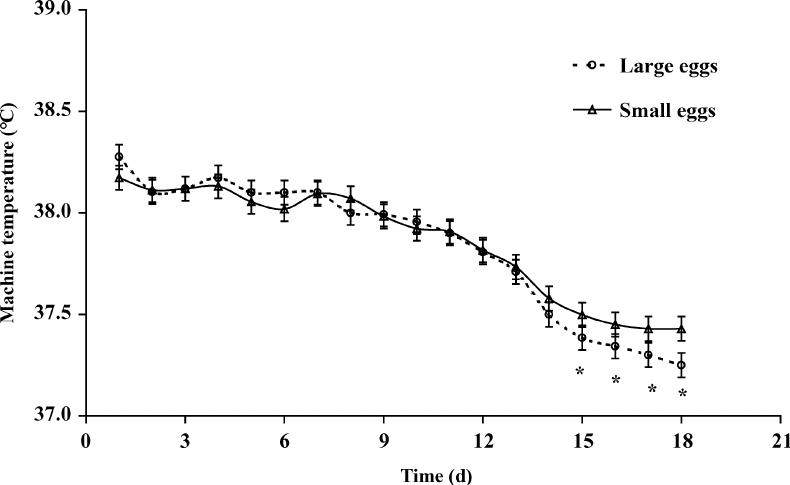
In production practice, the following two temperature control schemes are often used in electric incubation:
1. Constant temperature incubation:
During the entire incubation process, the incubation temperature and hatching temperature (slightly lower than the incubation temperature) remain unchanged. When there are few sources of fertilized eggs or when the room temperature is too high, it is advisable to batch incubation and adopt a constant temperature incubation system. When the room temperature is too high, even if there are enough sources of fertilized eggs, it is better to use batch incubation and constant temperature incubation. Because when the room temperature is too high, if batch incubation is used, the metabolic heat generated in the middle and late stages of incubation will inevitably be excessive, and batch incubation can use metabolic heat as a heat source, which can reduce self-heating and save energy.
2.Variable temperature incubation
Also known as cooling incubation, is to gradually reduce the incubation temperature as the embryo age increases during the incubation process. For fertilized eggs with sufficient sources, it is advisable to incubate in batches. At this time, the embryo age of the embryos in the incubator is the same, so a phased variable temperature incubation system can be adopted. Because the metabolic heat produced by the embryo itself increases with the increase of embryo age, therefore, the temperature should be higher in the early stage of incubation, and lower in the middle and late stages.
Regardless of the incubation system used, it is still very important to correctly use the “temperature control based on embryo development” technology according to the development rules of poultry embryos. Even if constant temperature incubation is used, the temperature standard used is also set to ensure that the chicken embryo develops regularly while taking into account the characteristics of constant temperature that can accommodate batch incubation. Constant temperature is not a fixed constant temperature, but a relatively stable temperature adopted in the corresponding season under the premise of ensuring the normal development of chicken embryos.
The two incubation temperature control reference schemes are shown in Table 2-2.
Table 2-2 Incubation Temperature of Chicken Eggs (℃)
| Room Temperature ℃ | Incubator temperature | Hatcher temperature | |||
| Constant temperature different batch | Variable temperature (whole batch) | ||||
| 1-17 days ℃ | 1-5 days ℃ | 6-12 days ℃ | 13-17 days ℃ | 18-20.5 days ℃ | |
| 18.3 | 38.3 | 38.9 | 38.3 | 37.8 | Around 37.0 |
| 23.9 | 38.1 | 38.6 | 38.1 | 37.5 | |
| 29.4 | 38.1 | 38.3 | 37.8 | 37.2 | |
| 32.2-35.0 | 37.2 | 37.8 | 37.2 | 36.7 | |
(2) Humidity
Humidity is also an important incubation condition, which has a significant impact on embryo development and hatching. Appropriate humidity can make the embryo heat evenly in the early stage of incubation, strengthen the heat dissipation of the embryo in the later stage of incubation, which is beneficial to embryo development and also beneficial to hatching. If the incubation humidity is too low, too much water evaporates from the egg, which disrupts the normal metabolism of the embryo, and it is easy for the embryo to adhere to the shell membrane, and the hatched chicks are small and thin; if the humidity is too high, it affects the normal evaporation of water in the egg, which also disrupts the normal metabolism of the embryo. When the evaporation of water in the egg is seriously hindered, the excess water in the fetal membrane and shell membrane hinders the gas exchange of the embryo, affects the development of the embryo, and the hatched chicks have large bellies and many weak chicks. Therefore, both too high and too low humidity will have adverse effects on the hatchability and physique of the chicks.
The standard for humidity supply in the incubator varies with different incubation systems. Generally, when incubating in batches, the relative humidity in the incubator should be maintained at 50%~60%, and the hatching box should be 60%~70%. When incubating in batches, the principle of “high at both ends and low in the middle” should be followed, that is, the relative humidity in the early stage of incubation (1~7 days) is controlled at 60%~65%, which is conducive to the formation of amniotic fluid and urinary sac fluid by the embryo; the relative humidity in the middle stage of incubation (8~18 days) is controlled at 50%~55%, which is conducive to the gradual elimination of amniotic fluid and urinary sac fluid by the embryo; when hatching (19~21 days), the relative humidity is controlled at 65%~70%, to prevent the down from sticking to the eggshell. Whether the humidity is normal can be determined by using a wet and dry bulb thermometer, or it can be judged based on the size of the air chamber, how much the embryo egg loses weight, and the hatching situation.
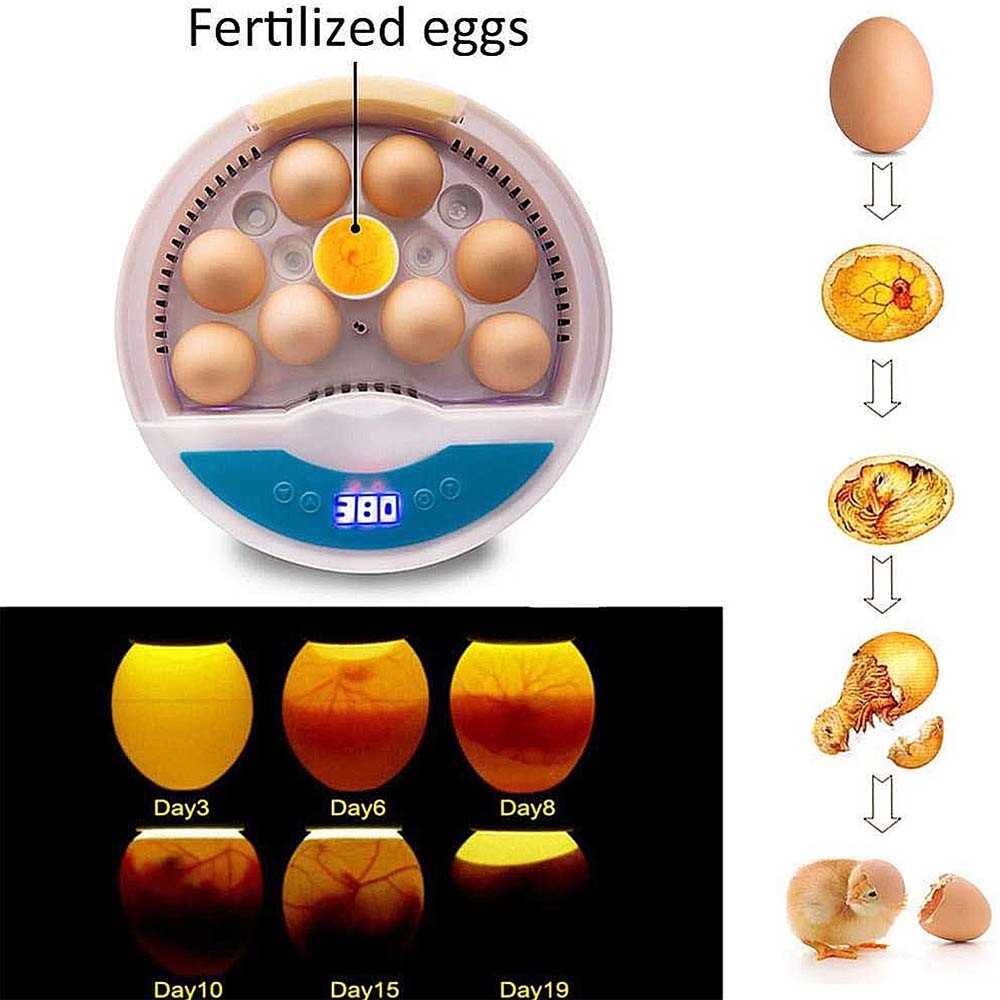
(3) Ventilation
The embryo needs to inhale oxygen and exhale carbon dioxide at all times during the entire development stage, that is, it needs to exchange gases with the outside world. During the incubation process, as the embryo age increases, the oxygen consumption of the embryo and the exhalation of carbon dioxide also increase, especially when it comes to hatching, the embryo begins to breathe with the lungs, and the amount of gas exchange is even greater. During the incubation process, each chicken embryo needs about 8100 cubic centimeters of oxygen and excretes about 4100 cubic centimeters of carbon dioxide. This requires that the ventilation volume be gradually increased as the embryo age increases. As the embryo age increases, the metabolism of the embryo strengthens, and the heat generated also gradually increases, especially in the later stage of incubation, there is often a “self-heating over-temperature” phenomenon. If the heat cannot be dissipated in time, it will seriously affect the normal growth and development of the embryo, and even cause heat accumulation and death. Therefore, strengthening ventilation and ventilation also helps to dissipate the residual heat of the embryo. The effect of ventilation volume on hatchability is shown in Table 2-3.
Table 2-3 The effect of ventilation volume on hatchability
| Hourly ventilation volume (m³) | 0.3 | 0.5 | 0.7 | 5.2 | 5.4 | 11.2 |
| Hatchability (%) | 12.7 | 25.3 | 42.6 | 69.8 | 86.0 | 84.7 |
Under normal ventilation conditions, the oxygen content in the incubator should not be less than 21%, and the carbon dioxide content should be controlled below 0.5%. Otherwise, the development of the embryo will be slow, malformations will occur, the mortality rate will increase, and the hatchability will decrease. Therefore, correctly controlling the ventilation of the incubator is an important measure to improve the hatchability. Fresh air contains 21% oxygen and 0.03% carbon dioxide, which is suitable for incubation. The ventilation system inside the incubator is reasonably designed, operates normally, ensures the freshness of the air in the incubation room, and can achieve a higher hatchability. In the incubator, fans of a certain type are generally installed to continuously stir the air, on the one hand, to ensure the freshness of the air in the box and meet the needs of embryo growth and development; on the other hand, it can also make the temperature and humidity in the box uniform. There are intake and exhaust holes on the box body. In the early stage of incubation, the intake and exhaust holes can be closed. As the embryo age increases, they are gradually opened. In the later stage of incubation, all the intake and exhaust holes are opened to increase the ventilation volume as much as possible.
Ventilation is closely related to temperature and humidity. Poor ventilation, poor air flow, large temperature difference, high humidity; excessive ventilation, temperature and humidity are difficult to maintain, wasting energy. Therefore, mastering appropriate ventilation is an important measure to ensure normal incubation temperature and humidity.
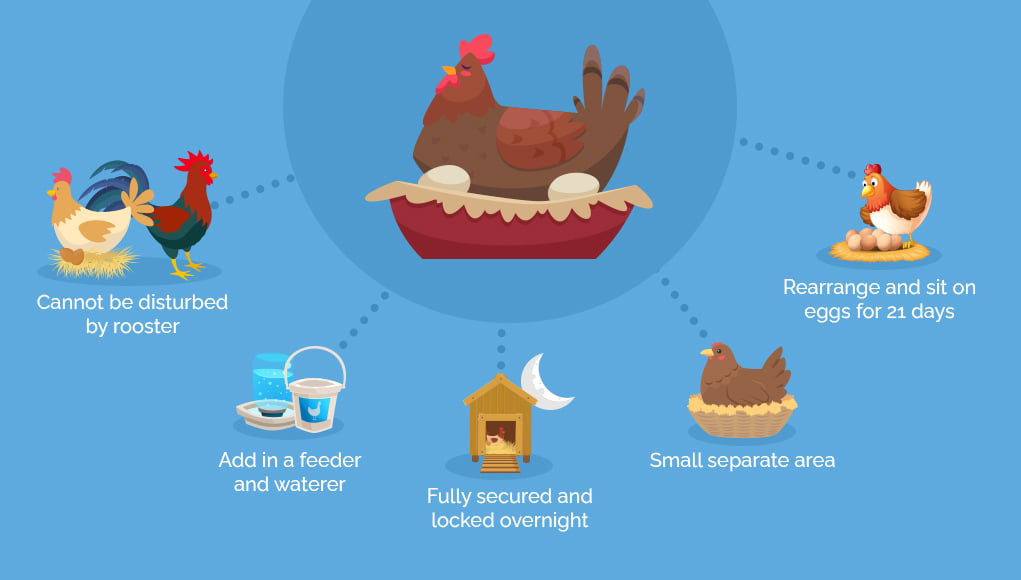
(4) Egg Turning Egg turning
Also known as egg rotation, is the process of changing the incubation position and angle of the fertilized egg. The yolk contains a lot of fat and has a smaller specific gravity, so it always floats on top of the egg, and the embryo is located on top of the yolk. If the egg is not turned for a long time, the embryo is likely to adhere to the shell membrane. Therefore, it is necessary to turn the egg during the incubation process. The purpose is not only to change the position of the embryo to prevent adhesion by turning the egg, but also to allow each part of the embryo to be heated evenly by turning the egg, providing relatively fresh air, which is beneficial to the development of the embryo. In addition, turning the egg also helps the movement of the embryo and improves the blood circulation of the fetal membrane.
During the normal incubation process, the egg is generally turned once every 2 hours. The angle of egg turning is based on the horizontal position, with a forward tilt and a backward tilt of 45° each. When turning the egg, it should be done lightly, steadily, and slowly. Do not be rough to prevent the yolk membrane and blood vessels from rupturing, the urinary sac villous membrane from separating from the eggshell membrane, and the mortality rate from increasing. When the incubation temperature is low, the number of egg turns should be increased; when the incubation temperature is too high, the egg cannot be turned immediately to prevent an increase in the mortality rate. Wait until the temperature returns to normal before turning the egg. For batch incubation, egg turning can be stopped after 19 days for the embryos, and after 14 days for whole batch incubation.
(5) Egg Cooling
After the embryo develops to the middle stage, a large amount of physiological heat is generated due to enhanced metabolism, which can raise the temperature inside the incubator and thus accelerate the development of the embryo. At this time, it is necessary to help the embryo dissipate heat, promote gas metabolism, improve the function of the blood circulation system, and increase the embryo’s ability to regulate body temperature through timed egg cooling. Egg cooling helps to improve the hatchability and quality of chicks.
The methods of egg cooling are divided into internal cooling and external cooling. Internal cooling is to turn off the heating power supply, start the fan, and open the door of the machine. This method is suitable for whole batch incubation and seasons with low temperature. External cooling is to move the embryo egg and the egg tray out of the machine for cooling, and spray 25~30°C warm water on the egg surface. This method is suitable for batch incubation and high-temperature seasons. The number of egg cooling times per day and night is 2~3 times, each time for 20~30 minutes, to reduce the egg temperature to about 35°C.
Both internal ventilation cooling and external water spray cooling should be flexibly used according to the development of the embryo. If it is found that the embryo develops too quickly and the temperature is too high, the egg cooling period should be advanced, and the number and time of egg cooling should be increased.



